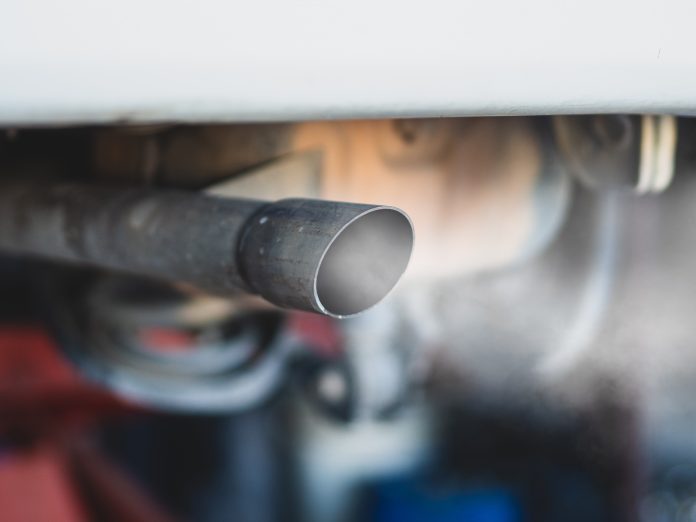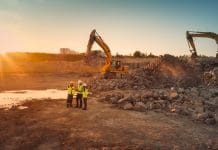Data from The UK Green Building Council (UKGBC) shows that construction directly accounts for approximately 10% of the UK’s CO2 emissions. In this article, William Tebbit, CEO of Green Biofuels, explains how reducing the construction industry’s greenhouse gas emissions with alternative fuels is not a question of how but when
There has been a recent sea-change in my conversations with construction sector leaders. Heavy reliance on legacy diesel-consuming assets and the immaturity of electrified machinery, which can be mass-produced, used to be seen as an unavoidable barrier to sustainability for many companies.
The construction industry is one of the hardest sectors to decarbonise
The construction industry is still widely regarded as one of the hardest to decarbonise sectors of the economy. Construction is responsible for 40% of GHG emissions worldwide, including transportation to and from construction sites.
Greenhouse gas emissions are the emissions into the earth’s atmosphere of various gases, especially carbon dioxide (CO2). While the UK government has committed to delivering on its net zero plans by 2050, the choices individuals and businesses make today are beginning to shore up confidence that progress can be made towards sustainability in the construction sector.
Data from the UKGBC indicates that the UK’s built environment contributes to 42% of the UK’s total CO2 emissions, including the surface transport needed in the construction process. The British Assessment Bureau states that “the primary goal of sustainable construction is to reduce the industry’s impact on the environment.”
I believe that improving sustainability in the construction sector and setting it on the road to decarbonisation must consider the whole supply chain – including the full lifecycle of construction machinery and the fuels used to power them.
Making strides towards net zero with alternative fuels is no longer a question of how but when
Effective solutions for reducing the construction’s sector dependence on diesel for transport, power generation, and machinery have matured significantly in the last ten years and attracted support from industry leaders. Making positive strides towards net zero with alternative fuels is no longer a question of how but when. HVO can be used in bulldozers, cranes and front loaders without any changes needed to the engines. In turn, this prevents the scrapping of legacy diesel assets, reducing costs for companies and mitigating the waste of heavy machinery.
Air pollution from building sites in urban areas can also be addressed by transitions to alternative fuels. Construction activities contributing to air pollution include land clearing with heavy machinery, the operation of diesel engines, and burning toxic materials.
Direct exposure to polluted air can harm the brain, heart, and immune system
In 2019, the British Safety Council launched a campaign for air pollution to be recognised as an occupational health hazard for construction workers and called for a limitation on exposure to diesel engine exhaust emissions. According to the UK Health and Safety Executive, in 2021, 56% of cancer registrations in men are attributable to work in the construction industry.
Air pollution can also be damaging to children and elderly people and while local residents are not in such close proximity to the pollutants as workers, they will also experience long-term poor air quality as particulate matter spreads and settles in the environment.
The consequences of climate change are clear. Businesses today need to be supported in making the net zero transition one step at a time. In particular, energy transition technologies that bridge the urgency for action on the climate today with the solutions of tomorrow are essential interim steps for the construction industry.
William Tebbit

CEO
Green Biofuels

















